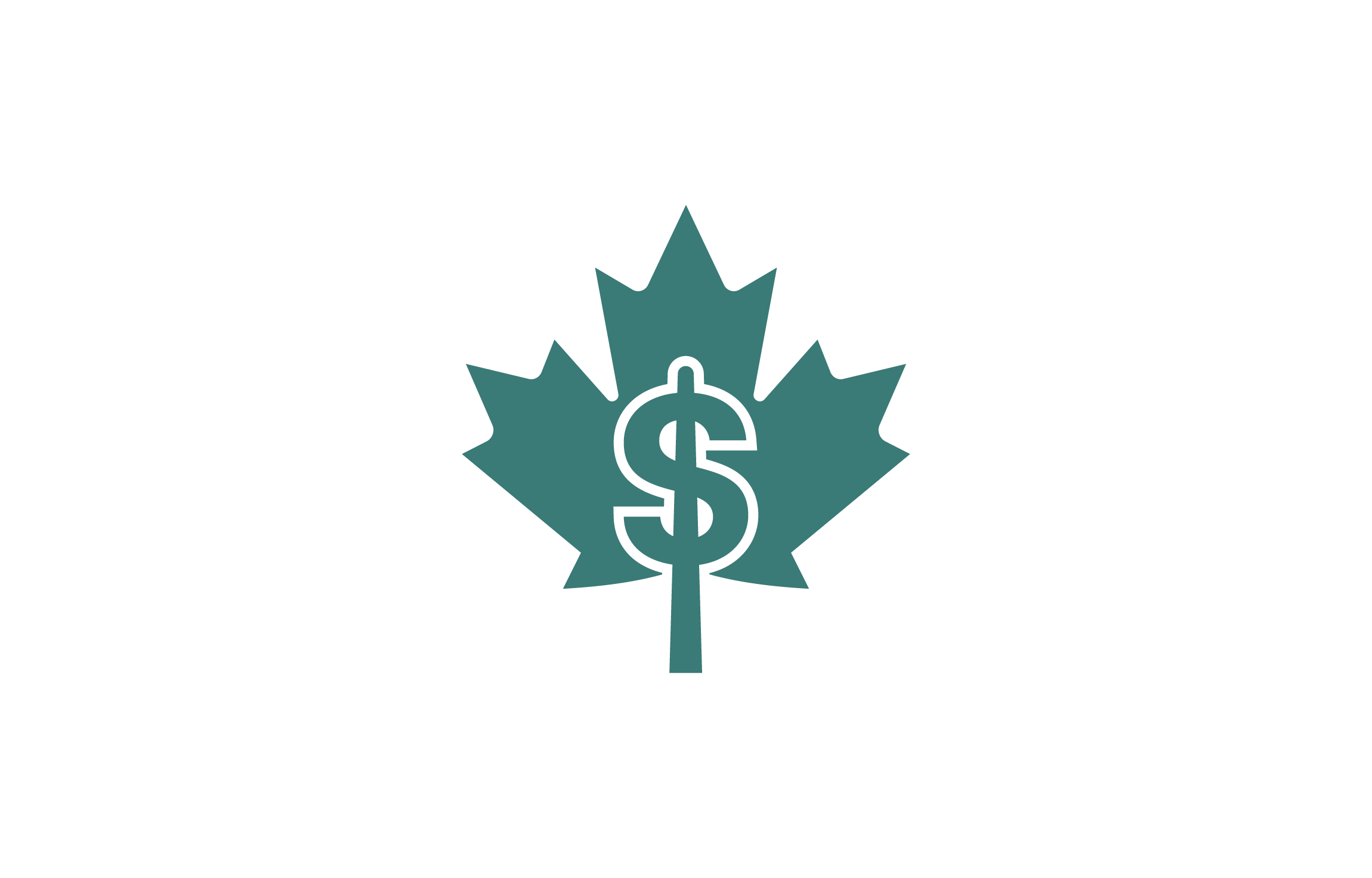Inflation can be a challenging time for families, as the rising cost of living can make it difficult to save for future expenses such as education, child care, and other necessities. Proper financial planning is crucial for Canadian families to ensure they can meet these financial demands without sacrificing their quality of life.
This article discusses strategies for saving, debt management, and leveraging credit to help families navigate the challenges of inflation while maintaining their long-term financial goals.
Creating a Budget
The first step in financial planning during inflation is to create a comprehensive budget that outlines your family’s income, expenses, and financial goals.
Regularly track and update your budget to account for any changes in income or expenses. This will help you identify areas where you can cut back and allocate more funds towards savings, while also keeping an eye on inflation’s impact on your day-to-day costs.
Prioritizing Savings
Families should prioritize saving for their most important expenses, such as education and child care. Consider setting up a Registered Education Savings Plan (RESP) for your child’s post-secondary education, which allows you to save tax-free and take advantage of the Canada Education Savings Grant (CESG).
For child care, look into the Canada Child Benefit (CCB) program, which provides financial assistance to eligible families to help offset the costs of raising children.
Investing Wisely
Investing is a key component of financial planning during inflationary times, as it can help you grow your savings and counteract the erosion of your purchasing power.
Diversify your investments across various asset classes, such as stocks, bonds, and real estate, to minimize risk and maximize returns.
Consult with a financial advisor to create an investment portfolio that aligns with your family’s financial goals and risk tolerance.
Managing Debt and Credit
Inflation can have a significant impact on your family’s debt and credit situation. As interest rates often rise during inflationary periods, it’s crucial to manage your debt responsibly. Prioritize paying off high-interest debts like credit cards to reduce your overall interest payments.
Also, consider refinancing existing loans with lower interest rates to minimize your debt burden. When it comes to credit, use it wisely to take advantage of rewards and cashback programs while also ensuring that you maintain a healthy credit score by making timely payments and keeping your credit utilization low.
Emergency Fund
During times of inflation, it is essential to have an emergency fund in place. This fund should cover at least three to six months of living expenses and serve as a financial safety net in case of unexpected events such as job loss, illness, or other emergencies.
Having an emergency fund can provide peace of mind and financial stability for your family, allowing you to focus on your long-term financial goals.
Government Programs and Assistance
Take advantage of various government programs and financial assistance available to Canadian families. These programs can help alleviate the financial burden during inflationary periods.
For example, the Canada Child Benefit (CCB) can provide financial support for eligible families, and the Canada Education Savings Grant (CESG) can help grow your child’s RESP.
Research and apply for any relevant programs to maximize your family’s financial well-being.
Inflation can pose significant challenges for Canadian families, making it crucial to have a solid financial plan in place. By creating a comprehensive budget, prioritizing savings, investing wisely, managing debt and credit, establishing an emergency fund, and leveraging government programs, families can navigate the difficulties of inflation while still working towards their long-term financial goals. With proper planning and discipline, your family can thrive during inflationary times and ensure a bright financial future for all members.












